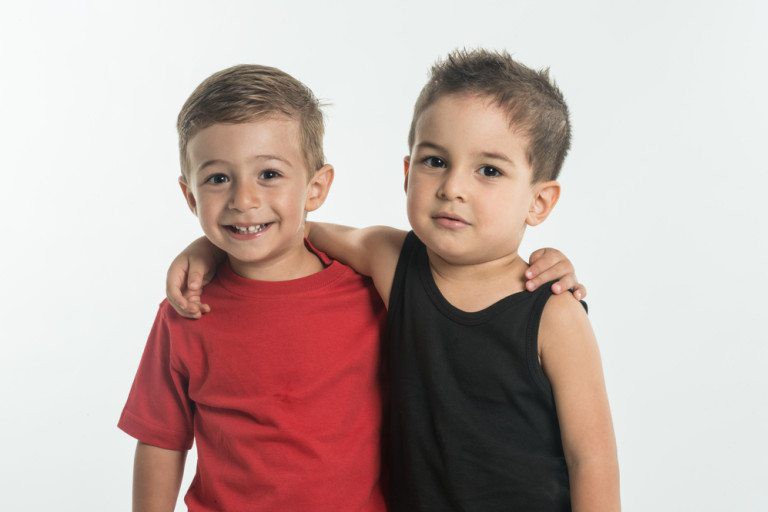
Your first grader comes home telling you that he’s bitter enemies with his best friend. Before you stage a round of peace talks, take a deep breath. Most childhood conflicts resolve themselves in a moderately short period of time.
And by being patient and tuned in to your child’s emotional cues, chances are you’ll know instinctively when and if it’s time to step in and help.
“It’s important that parents understand that friendships among kids (of all ages) are like a roller coaster,” says Kathy Ruwe, a counselor at Las Lomitas Elementary School in Atherton, California. “Relationships are up and down on a daily basis.
Kids are great friends one day, mortal enemies the next day, and want to have a sleepover or play date two days later.”
While some problems aren’t problems at all – bound to blow over in a few days, some are significant. It pays to know the difference. If your child is down because her friend said, “I wish you would go away,” at lunch, give the friend the benefit of the doubt. She may be having a bad day.
On the other hand, if your child shows signs of depression and anxiety over a rough spot in a friendship, it might be time to step in and help.
Even then, Naomi Drew, author of the book Peaceful Parents, Peaceful Kids cautions against jumping in too quickly. “Best to first serve as a sounding board, empathize and brainstorm together,” she says. “Resolving conflicts effectively is a muscle kids develop best with gentle, sparing guidance and the empathic ears of loving adults.”
Keeping that in mind, here are a few tips on how to help your child make peace with a friend:
- Talk with your child about the problem, but more importantly, listen. Tell your child that they are important.
- Work with your child to imagine the situation from the other child’s viewpoint. Sometimes looking through a different lens brings things into sharper focus.
- Ask your child what advice he would give someone else if they came to him for help solving this problem.
- Consider calling the parent of the other child if you feel that you can work together positively to help the children resolve their differences.
- Teach your child to take responsibility for her role in the conflict and to work with her friend to try to resolve it.
Learning to navigate a friendship is a skill that develops over time. Be a role model and a ready ear, but don’t expect too much in the way of formal peace negotiations.
Children can find those things tiring and are likely to fly off to play jump rope or tag, without – or just as likely, with – their friend in tow.
